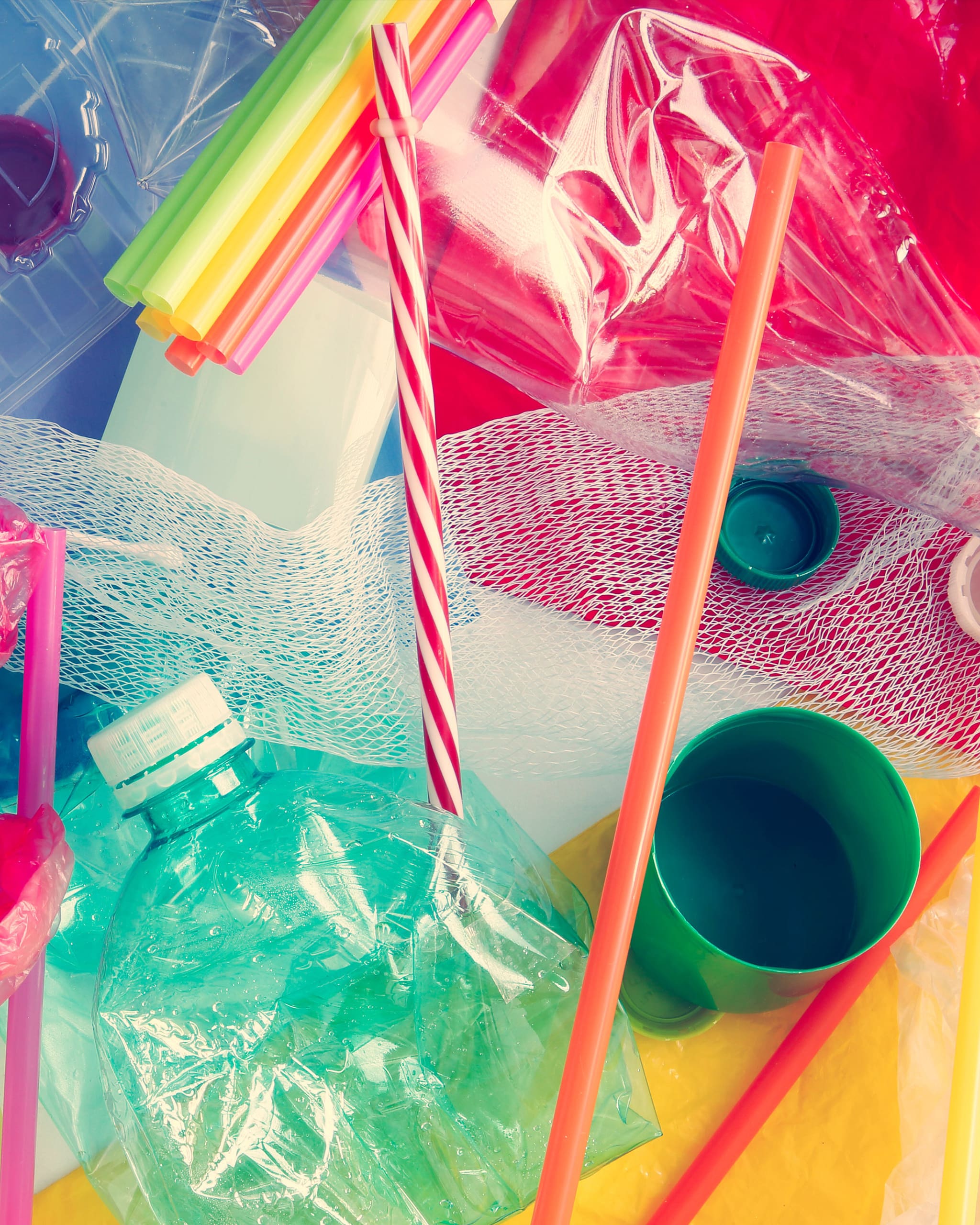narvikk/Getty Images
Here’s how to take your commitment to using lesser plastic beyond the reusable water bottle and canvas bag.
July is officially Plastic Free July, a month to raise awareness about plastic pollution.
At a time when new studies are highlighting the omnipresence of microplastic (plastic fragments smaller than 5 mm) in the air and oceans, with disastrous consequences for the environment and our health, it seems imperative to gradually change our habits and move towards a more environmentally-friendly approach. With new studies highlighting the omnipresence of microplastics in the air and oceans, with disastrous consequences for the environment and health, it seems imperative to gradually modify our habits in favor of a healthier lifestyle.
“Microplastics are now everywhere, in the air, water, food, rain… They are like ‘sponges’ for pollutants, containing stabilizers or chemical agents that are harmful to the health of living things. Every human being ingests or inhales the equivalent of a credit card’s worth of microplastics every week”, as Rosalie Mann, President of the organization No More Plastic in an interview about microplastic. This is not without consequences for human health. “Studies have proven the presence of microplastic in the human organism. One of them, dating from last March, revealed that we even have some in our blood. There are causal links between plastic and immune system problems, as well as an increase in chronic illnesses such as diabetes, obesity, asthma, cardiovascular disease, cancer and even infertility. So plastic doesn’t just pollute our planet. It pollutes our blood, poisons our bodies.”
The less plastic we expose ourselves to, the less we inhale. And the less we buy or consume, the less we pollute the planet and the oceans. The Australian foundation Plastic Free July lists, on its website and Instagram account, ideas for eliminating plastic from everyday life, from home to work. There are so many clever, easy-to-implement tips to choose from.
12 ways to reduce plastic in your daily life
1. Swap tea bags for a metal tea ball
Many tea bags contain plastic and chemicals that can migrate into hot water (according to a recent study, one tea bag releases around 11.6 billion microplastics into the cup). So, for your health as well as the planet’s, it’s best to turn to real plant leaves or opt for a metal tea ball with loose tea.
2. Avoid drinks in cardboard packaging
Like milk or fruit juices. The problem? Aluminum and plastic are generally added to the cardboard in this type of packaging. This multiplicity of materials considerably complicates recycling. Two options then: grab the glass alternatives as soon as possible, or make homemade drinks.
3. Avoid balloons and other plastic decorations
Theme parties shouldn’t be an excuse to buy plastic decorations like balloons or glitters just for the occasion. Why not take the time to make your own? Or borrow or rent them? A balloon takes forever to deteriorate in the environment, ending up in rivers and oceans.
4. Have it “for here” rather than “to go.”
To avoid unnecessary waste.
5. Collect plastic waste
Everywhere, all the time. On your own or with others. Environmental organizations are stepping up events in the places most frequented (and dirtied) by tourists after the vacations.
6. Opt for plastic-free washing products
Many new-generation detergents are emerging, guaranteed to be 100% plastic-free (and biodegradable!).
7. Wear clothes made from natural materials
Linen or hemp are great examples of natural materials. And not synthetic materials like polyester, nylon or acrylic, which release microplastics with every wash. Note: even recycled synthetics are not the solution, since they perpetuate the scourge of plastic pollution and these substances are absorbed by our skin pores.
8. Buy pasta (and other products) in bulk
The best thing to do is to take your canvas bags to the store and slip in the quantity you need (only) of nuts, pasta and seeds available in bulk. This avoids wasting packaging and food.
9. Cover your food with a plate
An upside-down plate or beeswax cloth is just as effective as plastic cling film for covering and preserving food. There’s less risk of contamination with chemical components.
10. Try menstrual pants
Conventional sanitary pads all contain single-use plastic that ends up in the oceans and will take over 500 years to disintegrate. The ideal solution, then, is to turn to eco-friendly menstrual panties, such as those made from organic cotton.
11. Opt for biodegradable makeup
Summer is festival season. But the glitters we put on our faces are plastic particles, which end up in drains, streams and rivers and, ultimately, in the oceans (and are potentially ingested by the fish we eat). Fortunately, committed beauty brands have developed biodegradable alternatives that do no harm to either the environment or our health.
12. Choose an ice cream cone
Choosing a cone instead of a jar and plastic spoon is not only a very tasty option, but there’s no waste to throw away.
This article was originally published on Vogue France.
